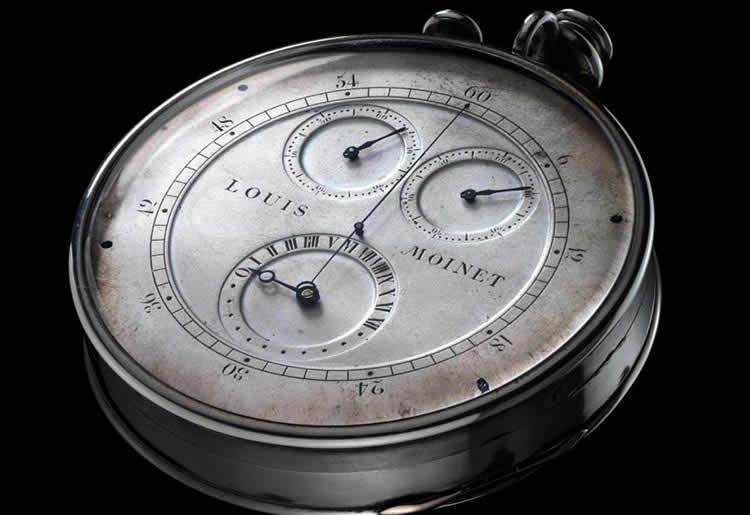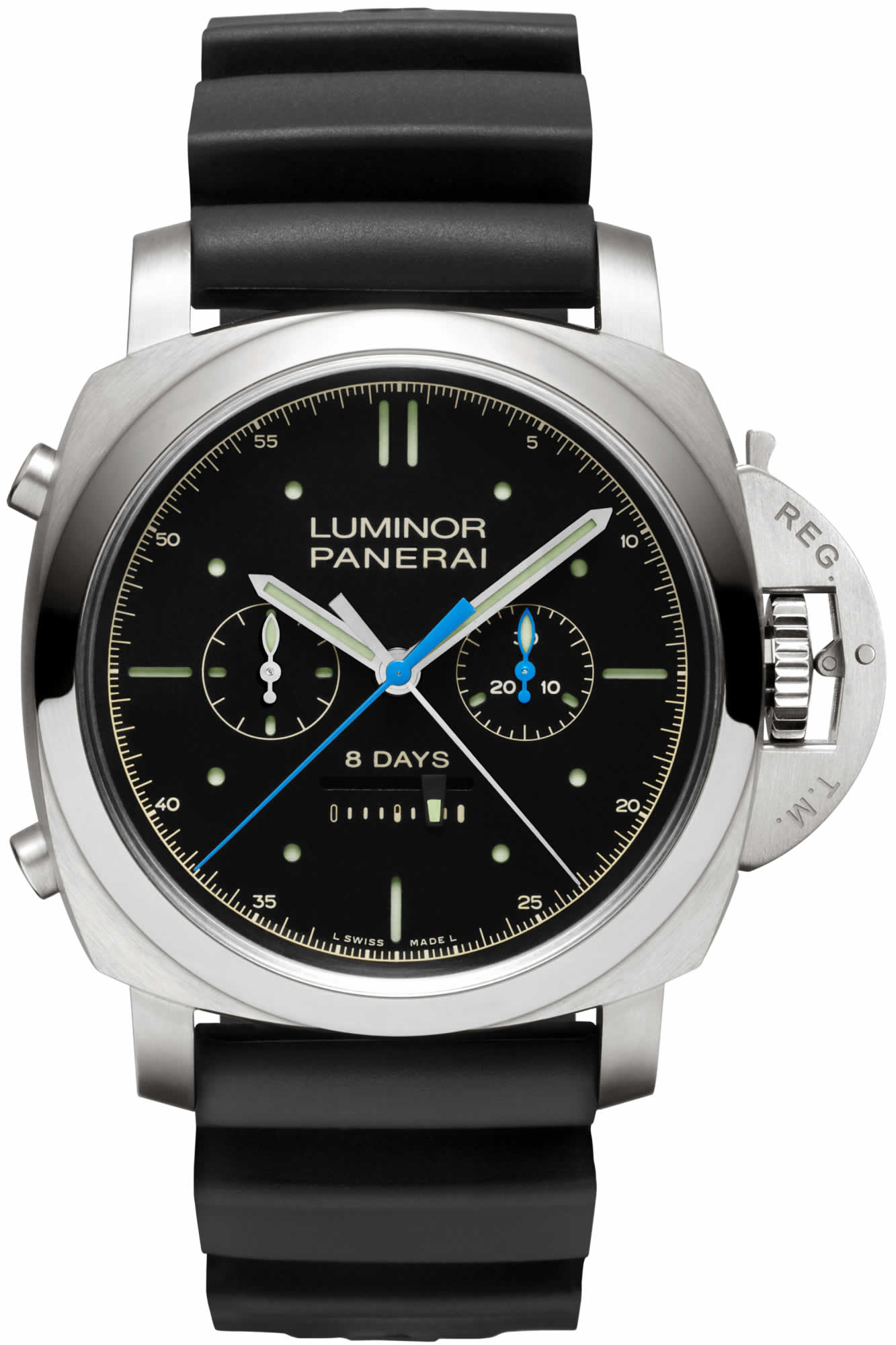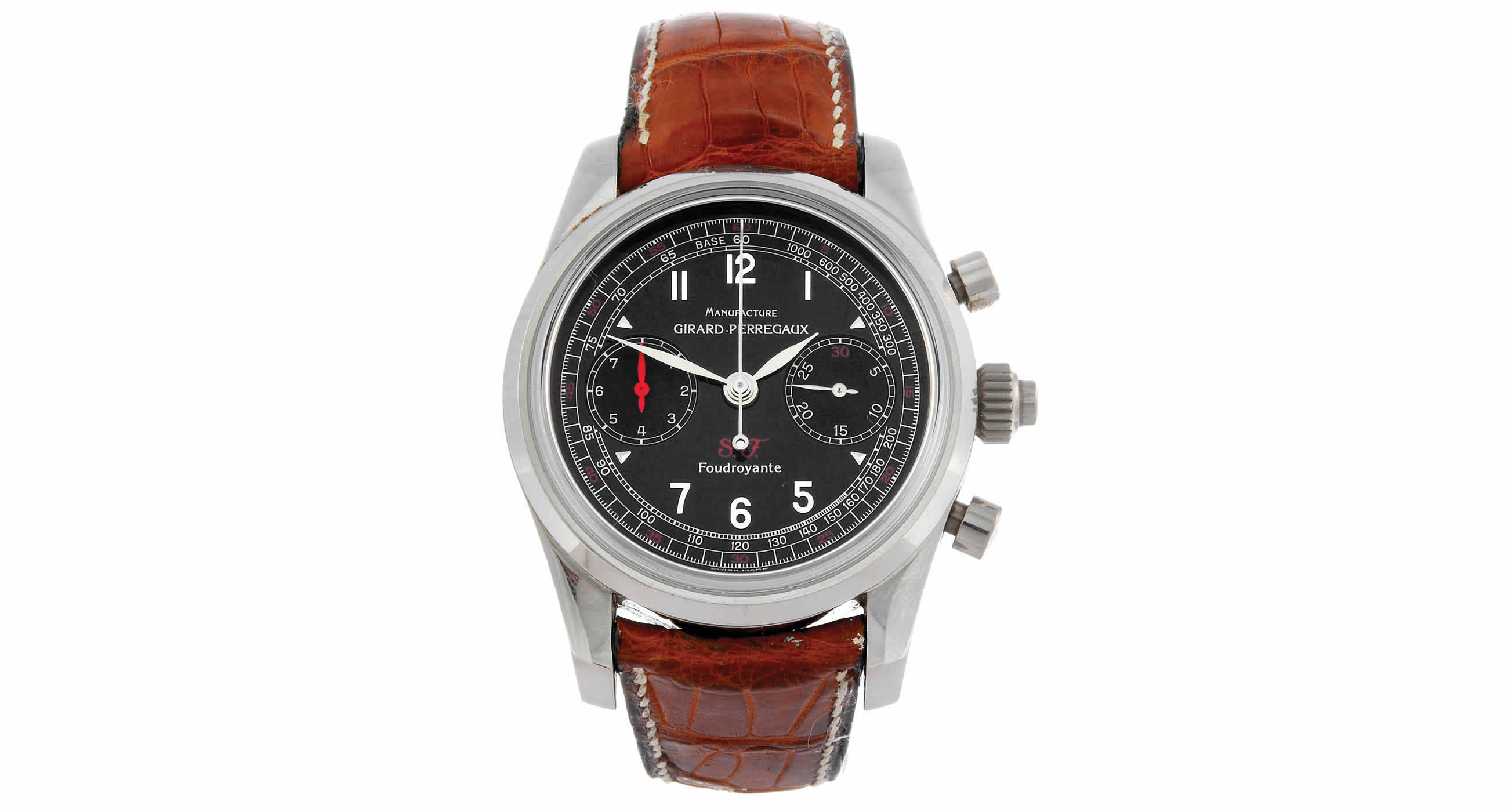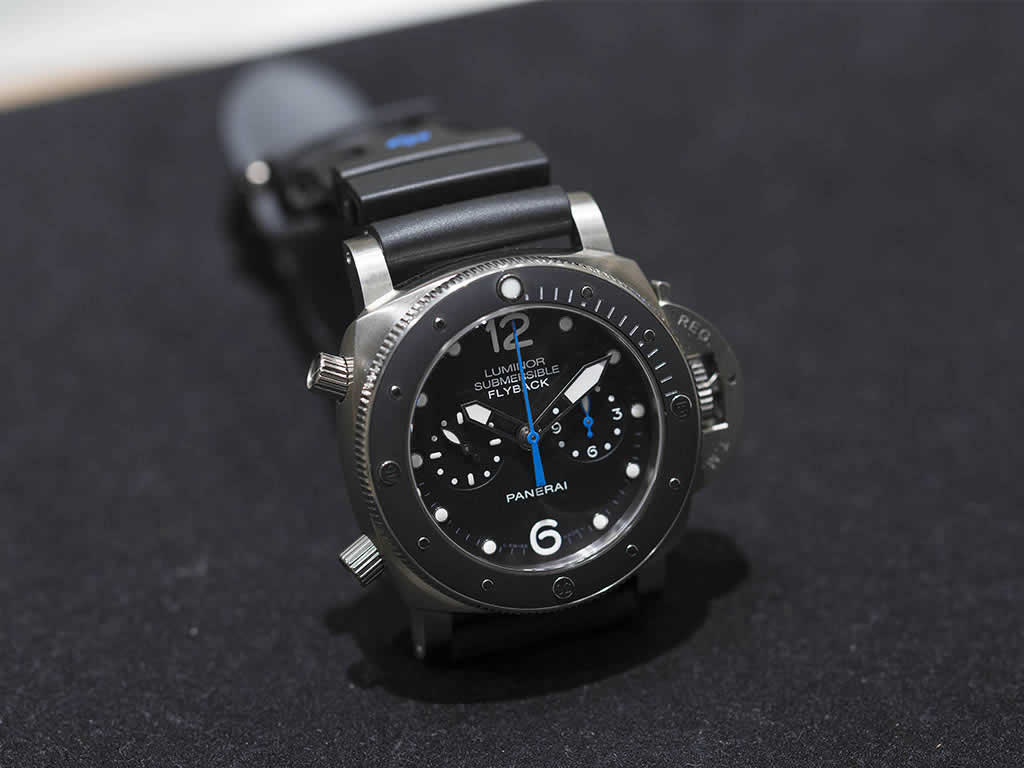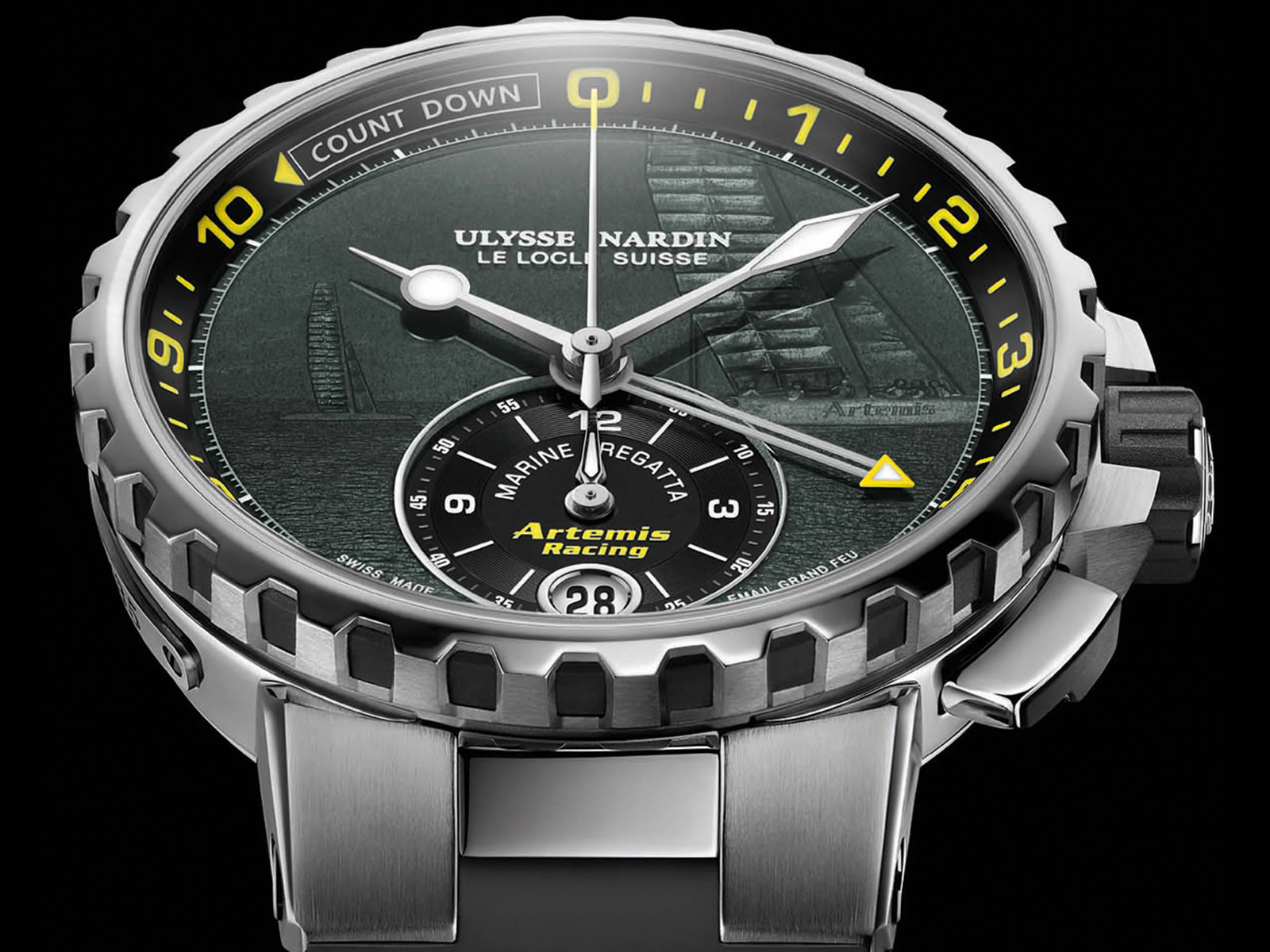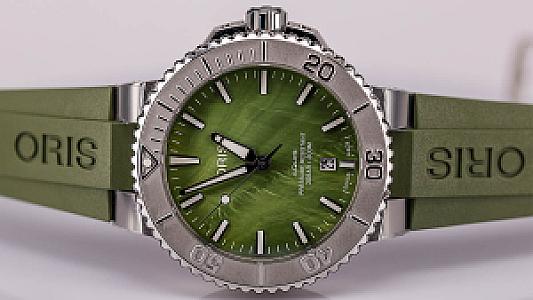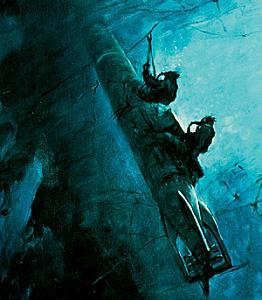
Let’s have a look at the history and the function of the chronograph, which is arguably the most useful complication in the world of traditional watchmaking.
Chronograph, which became one of the most interesting complications of traditional watchmaking, derived from the combination of two Greek words; Chronos which means time and Graph which means to write. The world’s first modern chronograph was designed by Louis Moinet in 1816 to work with astronomical equipment. The introduction of the chronograph function to the wristwatches has taken place in 1964 Tokyo Olympics thanks to a special timepiece manufactured by Seiko for the occasion. Later on, the production of chronographs continued with brands such as Heuer, Breitling and Hamilton.
The World’s First Chronograph - Louis Moinet
The chronograph function, which is used to make intermediate time measurements, is often mixed with chronometer. Chronographs are associated with the movement in two ways. Integrated chronographs where the entire movement is designed with the chronograph feature from the sketch. And the modular chronographs which sport an additional module on the main movement to have the chronograph feature. Another way to figure out whether the movement is integral or modular is to look at the location of the winding crown. If the chronograph buttons are positioned in the same axis, it means the movement is an integrated chronograph one. If the winding crown is located higher than the pushers (vertically), it’s a modular chronograph movement.
The chronograph takes the energy required from the, but unlike normal time keeping function; it is only activated when desired. Activation is usually done via a pusher located on the side of the watch. At the first press of the pusher, the chronograph starts to work and at the second press the operation stops. This process can be repeated many times if required. When the operation is finished, another pusher is pressed to reset the hands. In some chronographs, there is no reset button. This type of chronographs are called Mono Pusher or Single Pusher chronographs and all functions are controlled by one single pusher. Therefore, resuming the function from where it left off is not possible once the chronograph is stopped.
IWC Portofino HandWound Monopusher IW515104
Because chronographs are used for intermediate time and lap measurements, they may have some additional functions. Split-Second (also called Double Chronograph or Rattrapante) chronograph type is developed specifically for sporting events having a pair of second hands placed on top of each other. This chronograph, which has a button in addition to the start and reset buttons, allows the upper second hand to stop recording the lap time while the main operation is in progress. When the same button is pressed again, the seconds hand continues to move synchronously with the other hand.
Panerai Luminor 1950 Rattrapante 8 Days - PAM00530
Another special chronograph type, Foudroyante, has a separate hand that moves at 6, 8 or even 10 beats per second based on the oscillation frequency movements balance wheel. More accurate measurements can be taken with that type of chronographs.
Girard Perregaux Scuderia Rattrapante Foudroyante
Sometimes a chronograph is used for instant measurements. Since operating the functions start, stop and reset in order is a time consuming task, Flyback feature chronographs have been developed. It is possible to bring the chronograph second hand to the reset position without stopping the timing first. This feature was first developed by Breitling in 1923. On the other hand, pressing the reset button on a non-Flyback chronograph while working can seriously damage the movement.
Panerai Luminor Submersible 1950 Flyback Chrono PAM00615
In chronograph timepieces, the central second arm is re-located to another position like 3, 6, 9 or 12. At the center, the chronograph function’s second hand is located to be read more effectively.
Breitling Chronoliner
There may also be additional sub-dials for counting minutes or hours. If there’s only one sub-dial, the layout is called Mono-Compax. If there’s two, than it’s a Bi-Compax. And if there are three, it’s called a Tri-Compax lay out chronograph.
Bell & Ross Br 03-94
Chronographs are complications designed to starts counting from zero. The countdown chronograph counts from the value specified by the user to zero. Just as in the standard chronographs, the regatta function is controlled via the pushers on the side of the case. In digital watches, the user is notified by an alarm when the countdown is over.
Ulysse Nardin Marine Regatta
